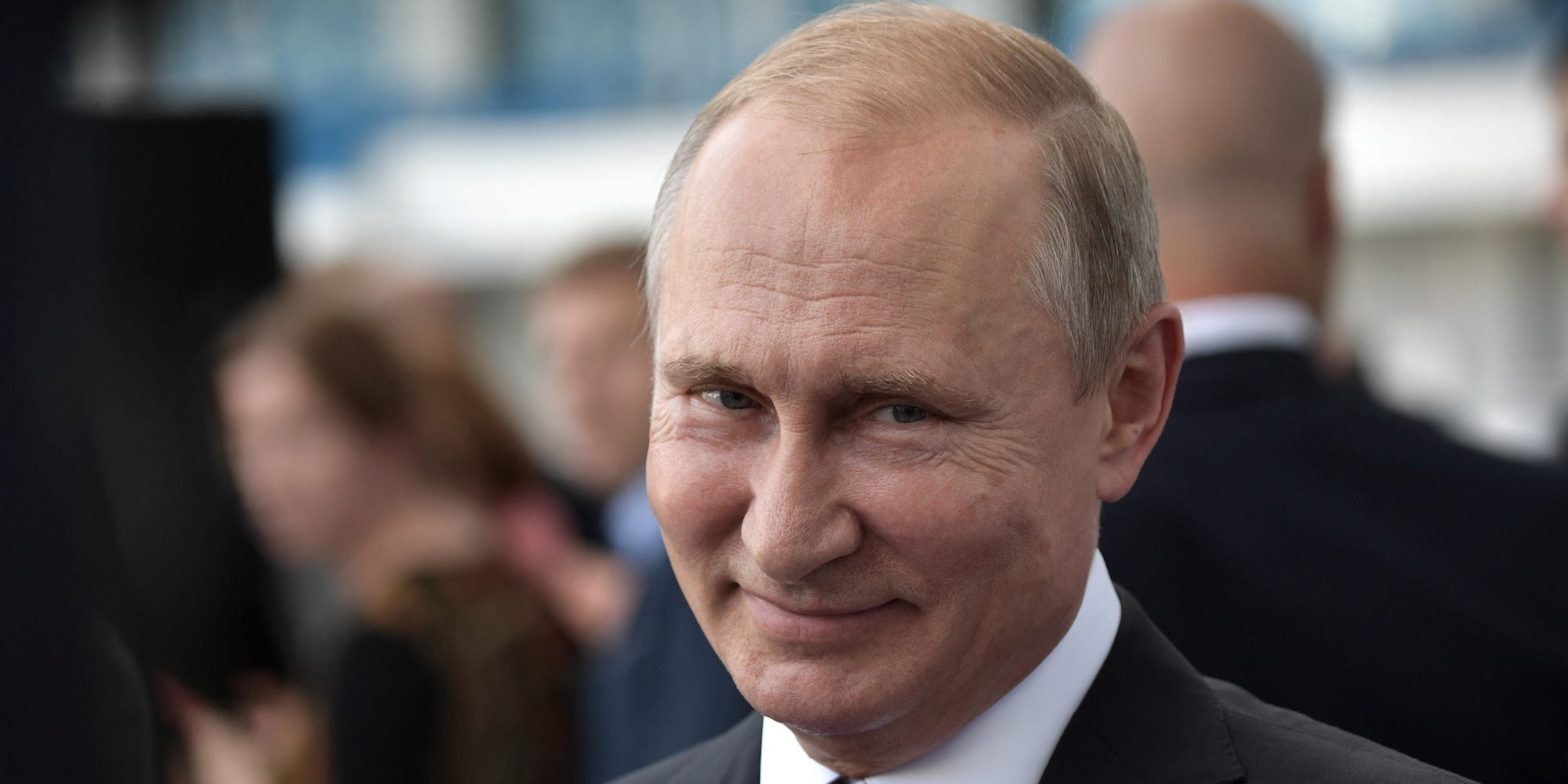The euro’s slide below parity with the US dollar is tied to the uneasiness in energy, experts say. “The recent deterioration in gas supply to Europe has played a significant role in driving a weaker euro.” The euro could pull back further to fall between $0.95 to $0.97 against the dollar, a range of analysts said. Loading Something is loading.
The euro is down nearly 12% from the start of 2022, and analysts are attributing most of that to Russia’s war on Ukraine and its subsequent moves in the energy market.
While the euro has rebounded a bit after falling below parity with the US dollar for the first time in 20 years, an escalation of the European energy crisis could send the currency to lower depths.
“I think a large percentage (75%+) of the euro’s move is because of the energy crisis caused by the Ukrainian crisis and the rest due to a hawkish US Fed,” said James West, senior managing director at Evercore ISI.
And as Europe heads toward a winter energy crunch, “it definitely gets worse before it gets better,” he added.
Russian President Vladimir Putin has threatened “catastrophic” consequences if Western sanctions go further. And the energy industry has warned that Putin has shown willingness to “weaponize energy supplies” as Russia looks to retaliate against Europe’s sanctions.
Moscow has already shut off gas flows to Germany as part of the Nord Stream 1 pipeline’s annual maintenance after slashing deliveries by 60% prior to that. Europe is gearing up for the possibility that the gas won’t return.
In that situation, that “would lead to a near-certain recession in Germany as well as another big rise in energy prices,” said George Saravelos, head of FX research at Deutsche Bank.
And the euro may have more room to tumble, according to Saravelos, who warned in a July 6 note that the currency could pull back further to fall between $0.95 to $0.97 against the greenback.
“The recent deterioration in gas supply to Europe has played a significant role in driving a weaker euro,” Saravelos told Insider. He noted that a strong dollar has also contributed largely to the decline of the euro “on the back of global recession fears.”
Stephen Ellis, an analyst at Morningstar, said the growing effectiveness of Western sanctions against Moscow could keep Putin from pulling his energy strings.
“Broadly, the euro’s decline can be linked to a higher chance of a deep recession, which is influenced by oil prices and output,” Ellis said in an email to Insider.
But others on Wall Street are downgrading their forecasts on the euro. JPMorgan recently cut its euro-dollar target to $0.95 with a worst-case scenario of a test near $0.90, citing the likelihood of escalation in the European gas crisis.
Citigroup also sees the euro hitting $0.95 if gas prices reach 250 euros per megawatt hour in the event Russian supplies don’t come back.
Olivier Konzeoue, director in the currency team at asset manager UBP, sees the euro falling to $0.97 or $0.95 as the energy crisis hits Europe’s economy, telling Reuters, “Basically, we know it’s all about Russia.”
See the latest EUR-USD movements here.
